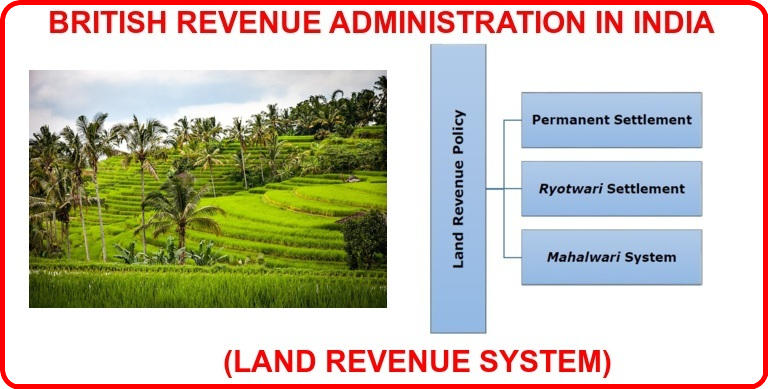200 years of British colonialism and globalization have drastically changed the upper crust of South Asian civilizations. The South Asian subcontinent is a relatively isolated space. In the northwest, north and northeast it is surrounded by the highest mountain chains of the world, the Hindukush, Karakorum and Himalaya and the eastern and western sides down to the south are surrounded by the ocean. This geographic situation has to a certain extent created a secured interior that over long patches of time remained relatively untouched by outsider invasion. Certainly, there have been major waves of influx like the incoming Aryan tribes thousands of years ago, invaders from Afghanistan and central Asia. Even a few people that came over the sea like Arab traders settled down, small number of Africans must have reached the coast of Balochistan at one point. But invasion from the sea has always been a minor incident and given the strange idea of subcontinental Indians that the “black water” of the Indian Ocean would deprive them of their caste South Asian themselves refrained from building ships and wandering the ocean. They did and are doing fishing in the coastal waters but fishermen are considered low caste or outside the caste range for that. Mountain passes have provided access to the subcontinent for people from the neighbourhood but that was a difficult journey which not so many made on their own. Armies came from Central Asia and Afghanistan but many of the soldiers went back to the homeland after the campaign. Those who stayed settled down, married Indian wives and melted into the subcontinental culture.
This remained the situation for centuries. Invaders did come with most of them retreating after the campaign and some staying. But the geographical situations did not allow a frequent coming and going of large amounts of people or to stay in touch with the country of origin. For instance, one slightly bigger group were the Parsis coming from Persia. But after a while in India, they lost touch with their former homeland and became Indians. While keeping their religion they added to it cultural traits of the new homeland. The situation changed fundamentally in the 17th century when Europeans arrived in the subcontinent and started colonizing it. They came with ships that were superior to what was previously known, had technical help for navigation like compass so as to be able to record the route they took to India so that they could manage they way back at any time and bring others using the same route. While Dutch and French remained an episode only British came to stay and settle in. But other than previous invaders they came with superior weaponry and other tools and with the knowledge of a modern strong state at home. Britain remained their home throughout because a reliable shipping route had been established so that they could travel home, bring their families or end them back, exchange letters and gifts and buy and uphold property back in Britain. Their military, technological superiority with their practical knowledge about the world and about science gave them a feeling of superiority that prevented them from adopting “inferior” cultural practices. On the contrary, they started introducing their methods and values into the colonized land. Especially after the East India Company changed from a trading company into a landholding, ruling and administrating one, i.e.. from the mid-18th century onwards, British methods of administration, taxation, education and justice delivery became the law of the land and interfered with the age-old methods, traditions and values of the indigenous population.

One example is the introduction of “Permanent Settlement” into Bengal province in 1793 where British rule was strongest. Permanent Settlement was a law that fixed yearly revenues to be raised from land that had far-reaching consequences for the socio-economic structure of Bengali society. It fixed the money that had to be paid after the holding of a person regardless of anything that could happen: loss of the harvest due to weather, personal incapability, disease and other disaster or misfortune. In addition, the zamindar was recognized as the owner of the land held by him. That was an entirely new idea. Private property of land was unknown in the subcontinent. Under Moghul rule the Moghul or the local king was the nominal owner of the land and he gave it for working on it to his vassals. If the person became disloyal to the ruler, the land could be taken from him and given to somebody else because it belonged to the ruler. The tax that had to be given to the ruler was fixed for the new harvest only and depended on the fact if the harvest was good or bad. It was more often than not paid in kind and not in coins. Now it was fixed forever and had to be paid in money. The owner of the land had no excuse for not paying and his land was taken from him and auctioned off in the market so that the EIC would always get the stipulated tax. This method led to a major shift in landholding in Bengal. The mainly Muslim landholders more often than not did not have the money to pay the tax and were deprived of their land. It was purchased by people who did have enough cash mostly Hindu moneylenders and traders. The implications of such a shake-up of society are well-known. The same could be explained for education or the British critique of social customs like child marriage and others. Age-old traditions were denigrated as inferior and progressive Indians started adopting the new British values.
As a result, indigenous subcontinental civilizations were altered and undermined by the new rulers. Indian social structure was broken up and altered by laws and British administration implementing them. The new education policy in the 19th century promoted by Thomas B. Macauley in 1835 aimed at creating “a class of persons, Indian in blood and colour, but English in taste, in opinions, in morals, and in intellect” and was extremely successful. It resulted in Indians accepting the British idea of what is progress and progressive, made them adopt a political system that did not suit subcontinental conditions and created a class of intellectuals that followed British and western lead without ever trying to develop alternative, original thinking. Ideas like materialism, secularism and individualism introduced by the British added to the confusion. It prompted a revers reaction from traditional forces of society like religious leaders and helped to create a religious extremist reaction trying to fight alien ideas. But even they could not develop independent thinking. Arya Samaj and Hindu Mahasabha tried to glorify their past and the caste system and revivalist Muslim leaders did the same with Islam. In addition, the introduction of majority rule into the political system and beyond into a highly divers Indian society pitched different communities against one another; Hindu majority rule was and is untenable for minorities and creates extreme reactions among them. Until today and after more than seventy years of “independence” the decolonialization of politics, education, science, taste and others has still not taken place. Many of the contradictions and fights in subcontinental societies are based in imported systems and notions. It is time to recognize it and start a healing process.
Contributed by:

former Professor of South Asian Studies, Humboldt University, Berlin, Editor of the Defence Journal and a Consultant to the Pathfinder Group).





